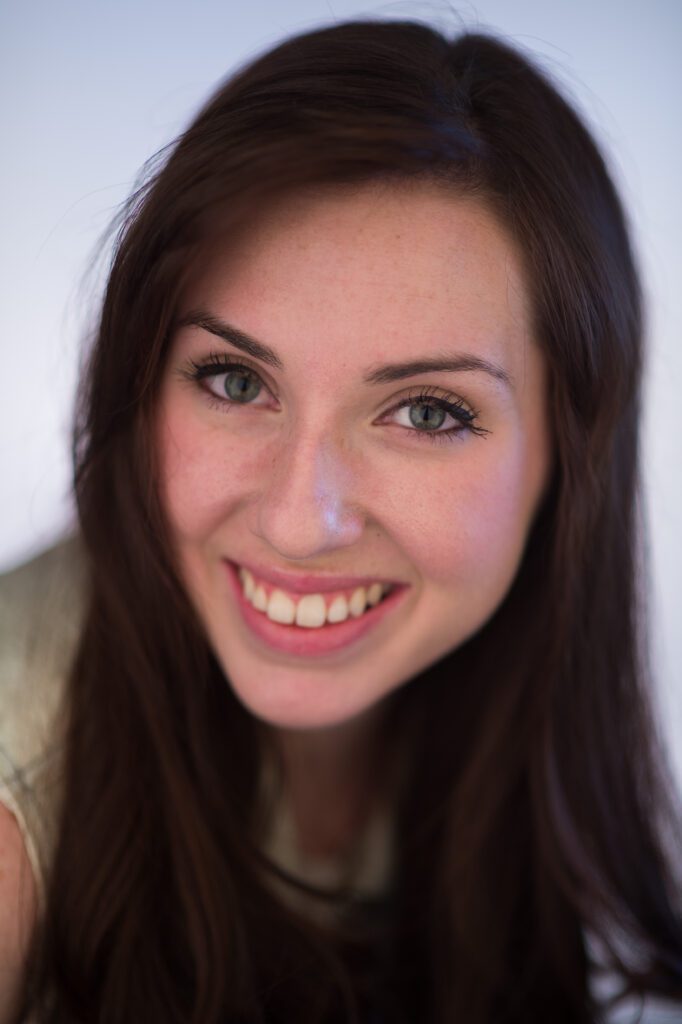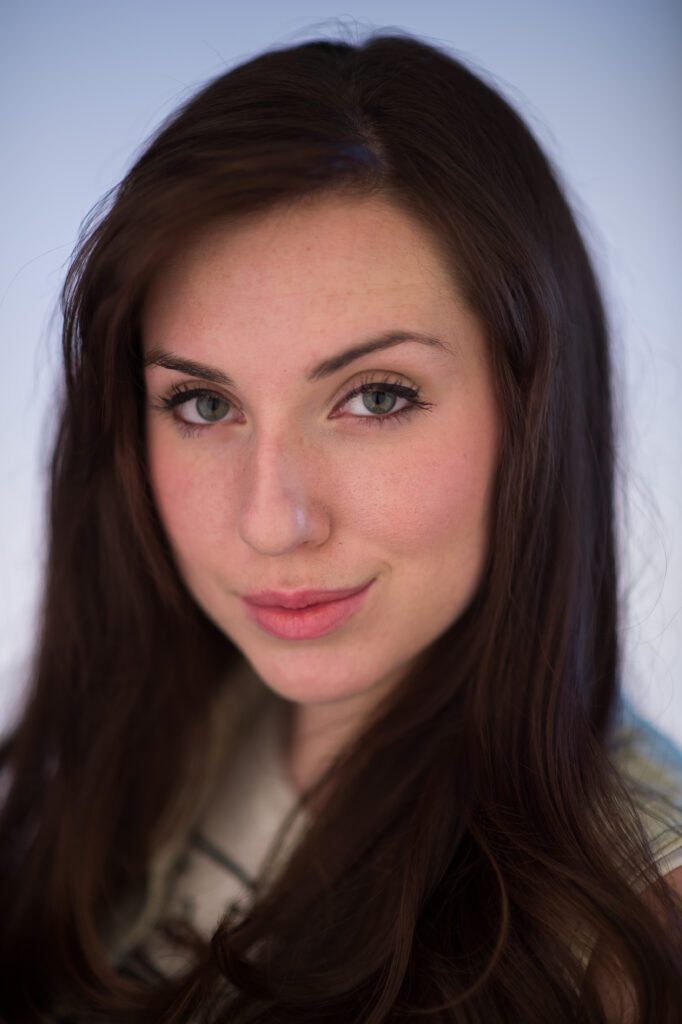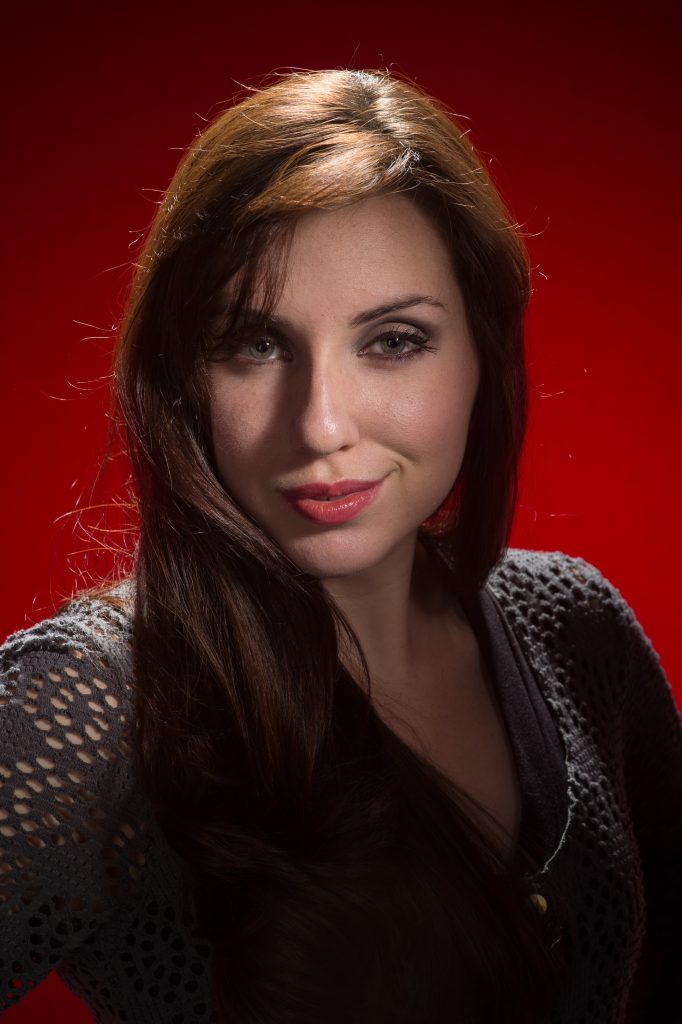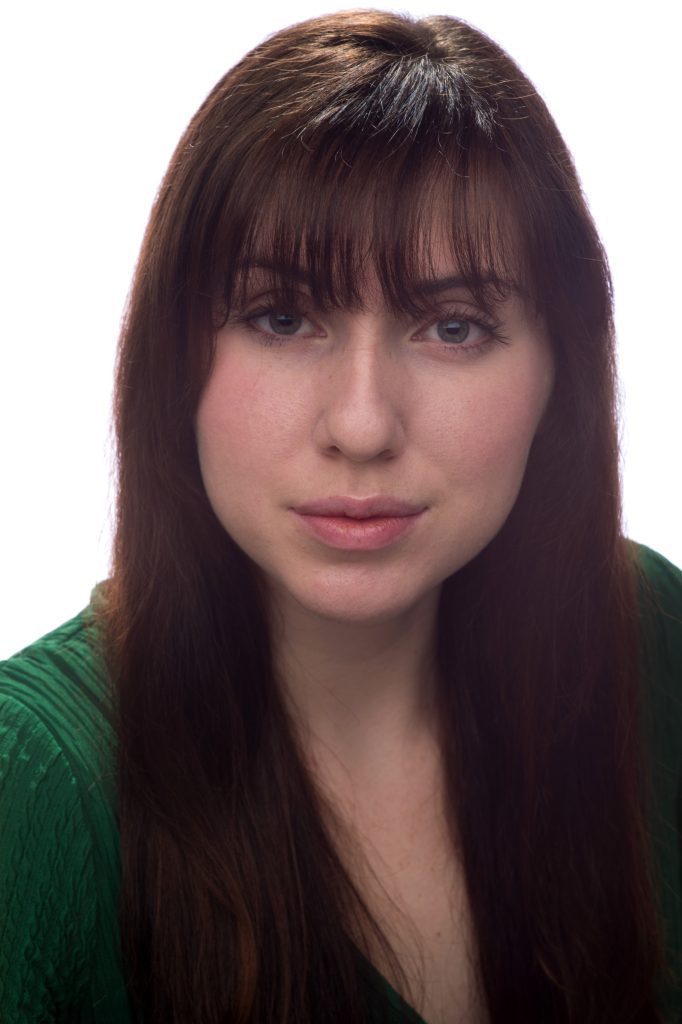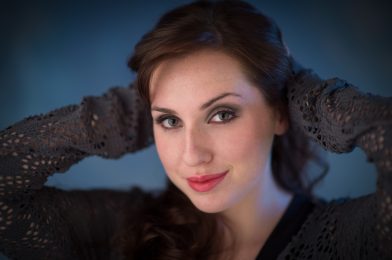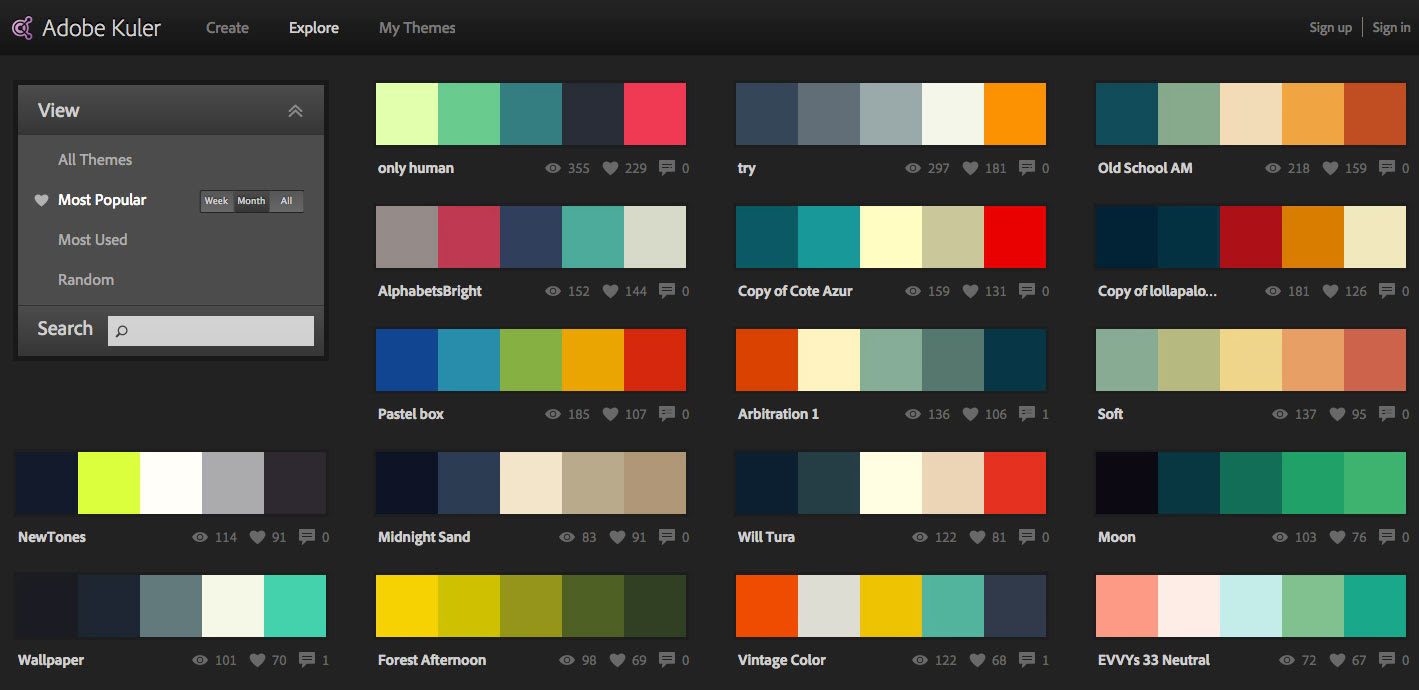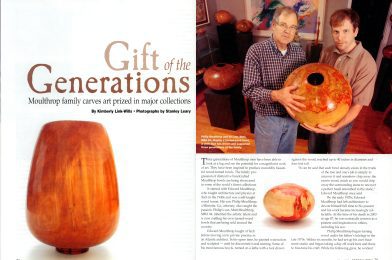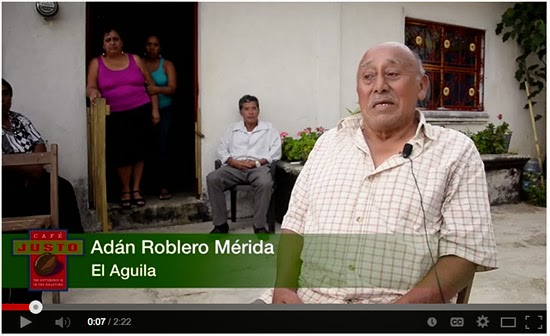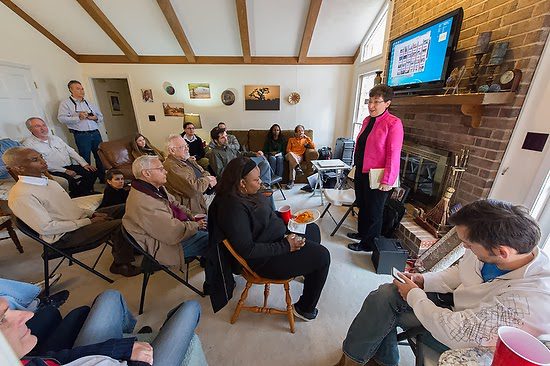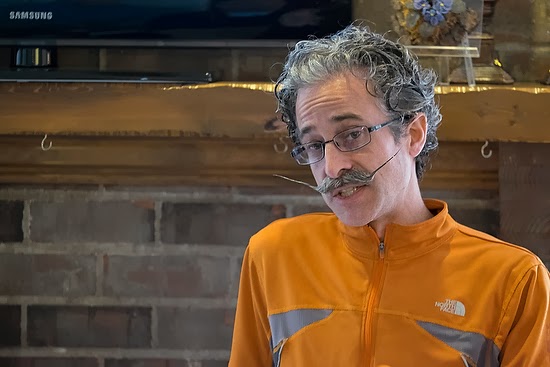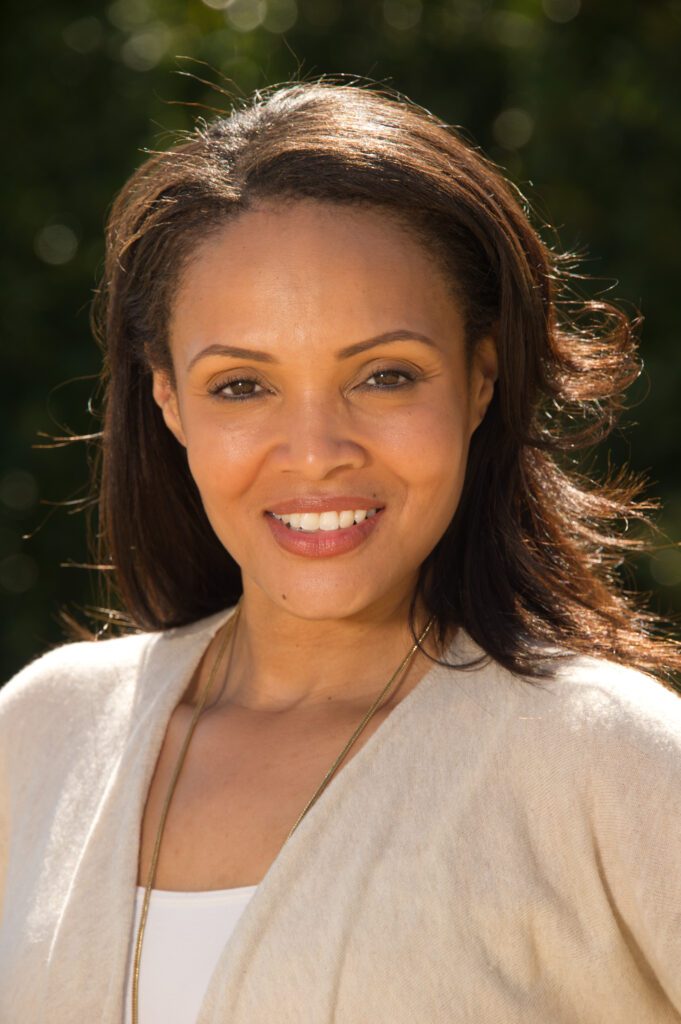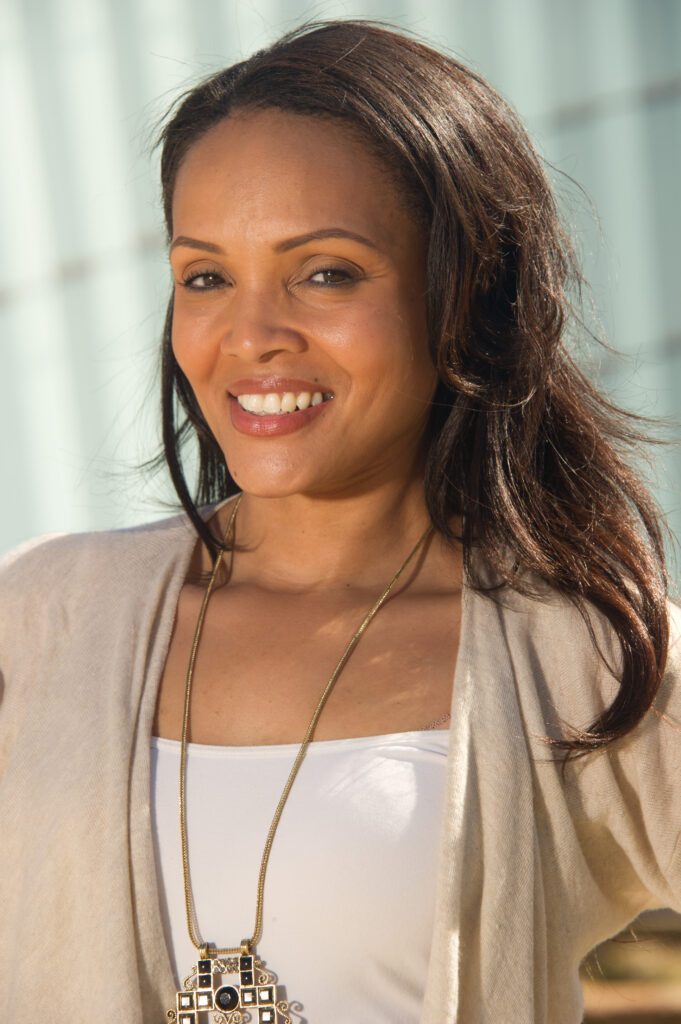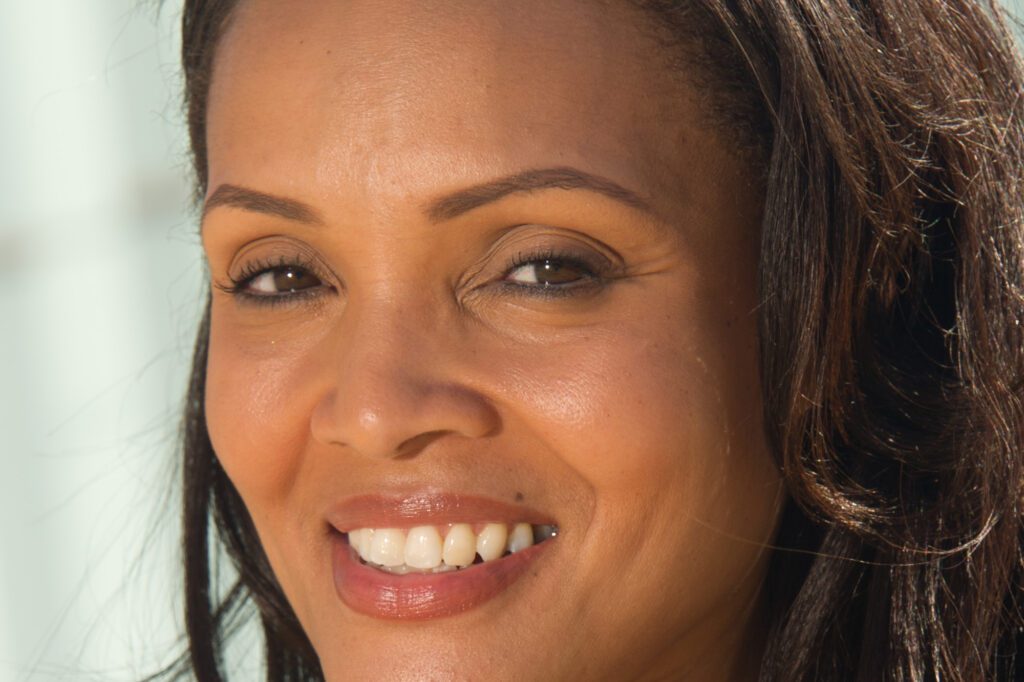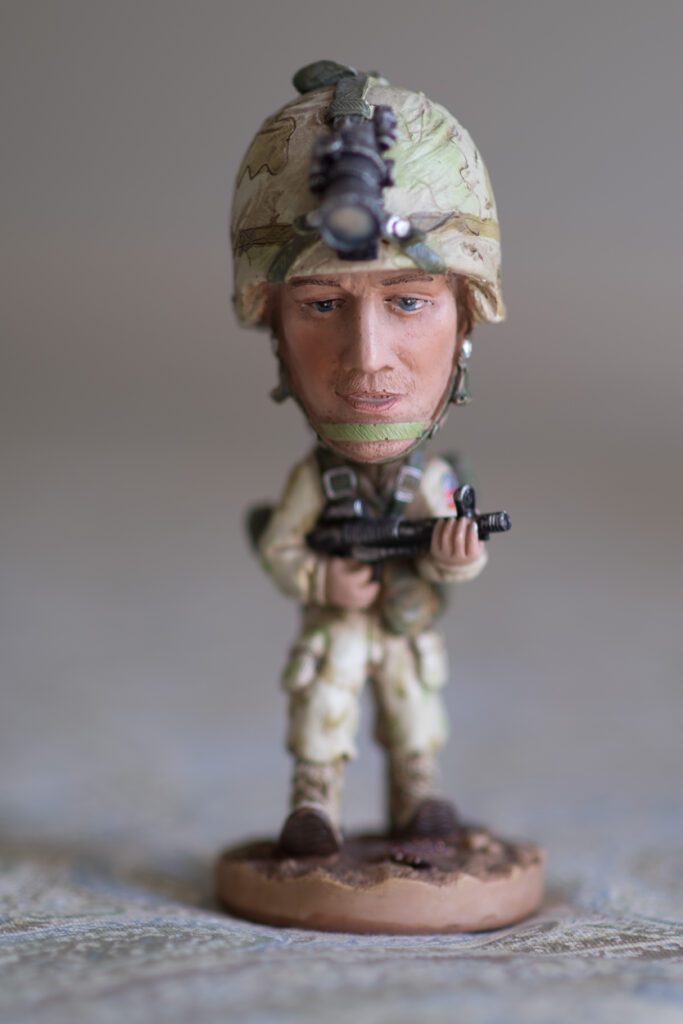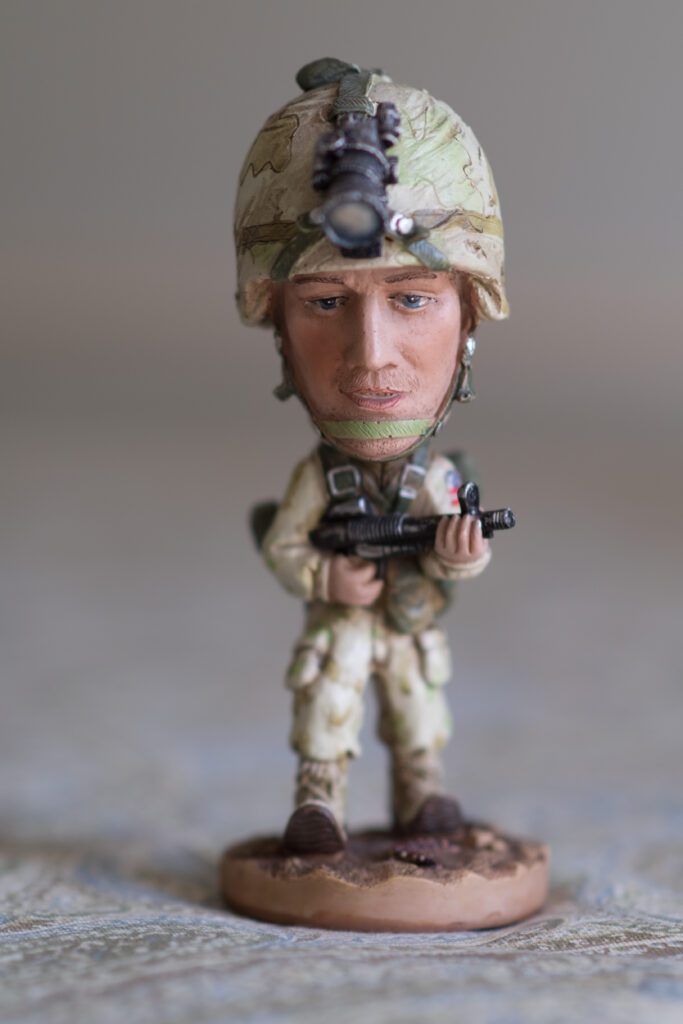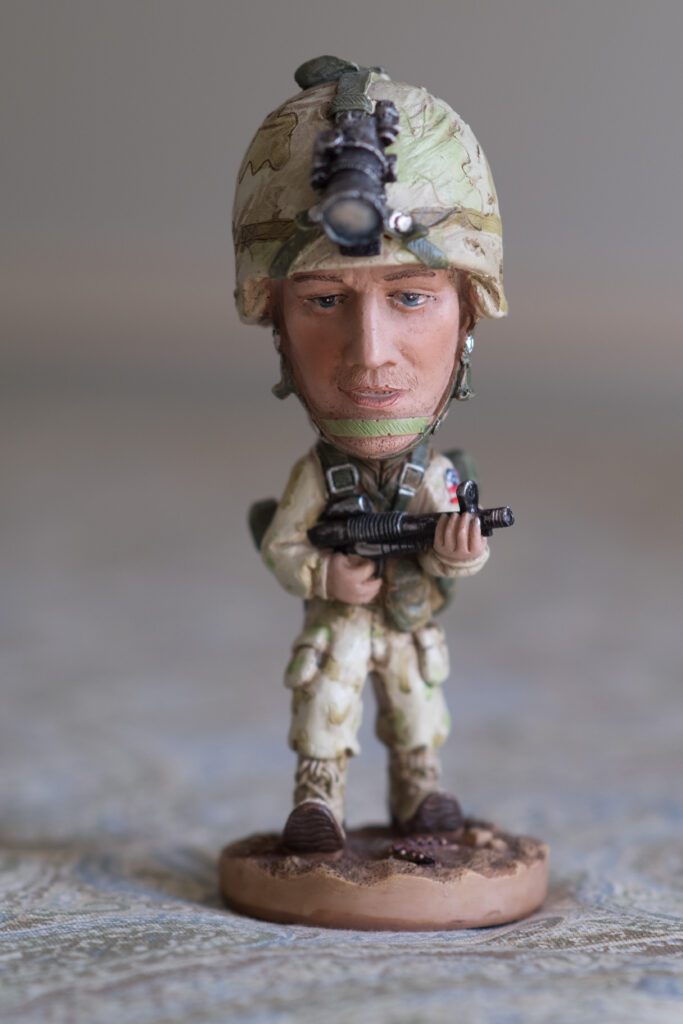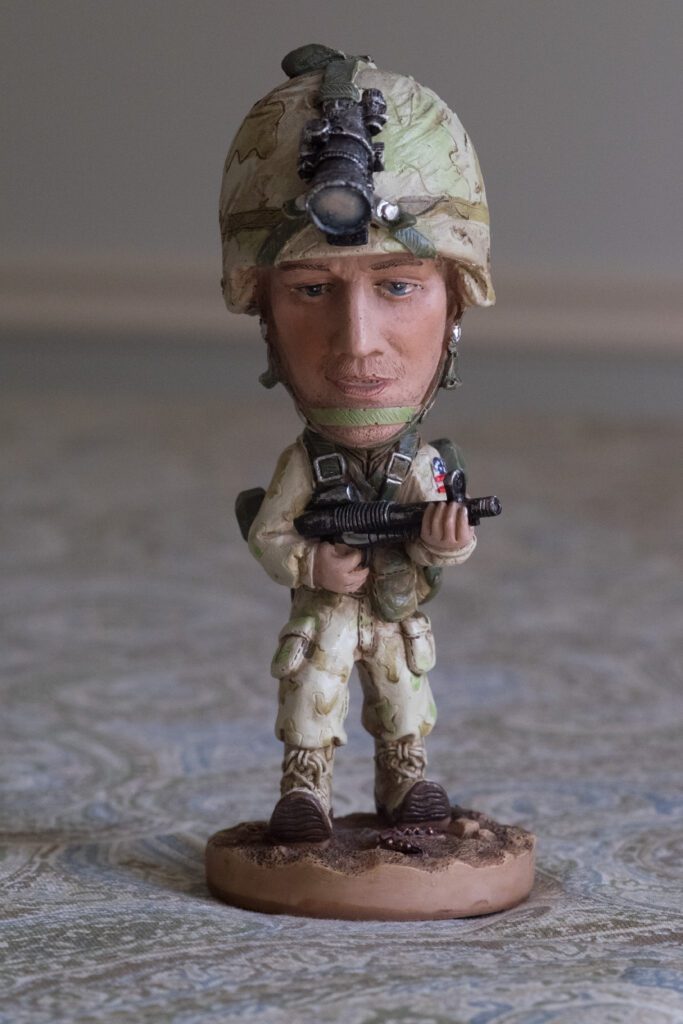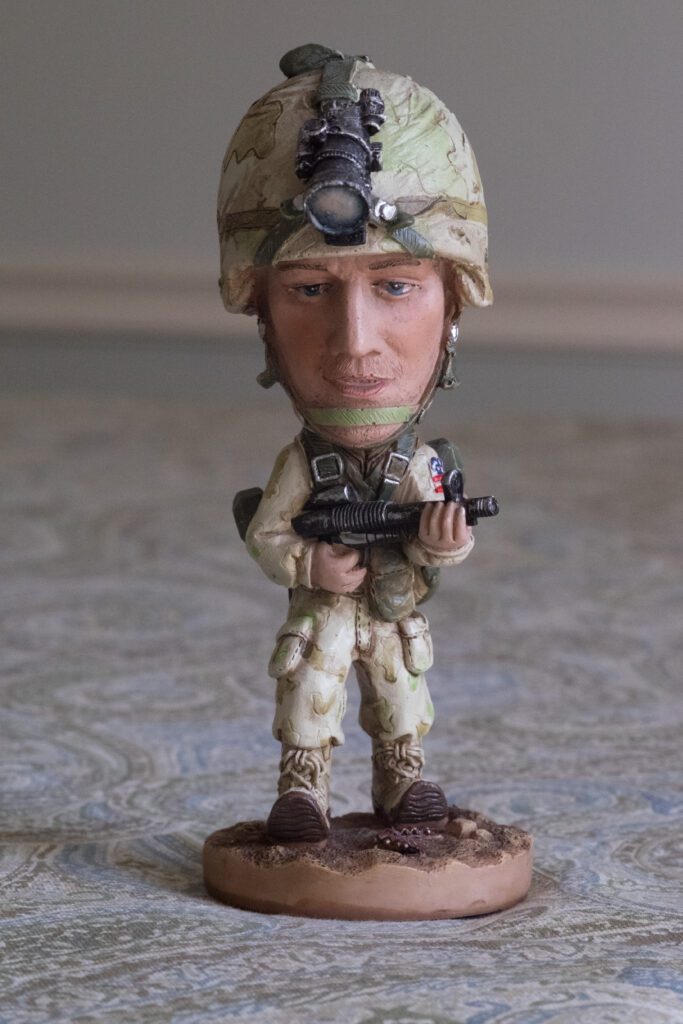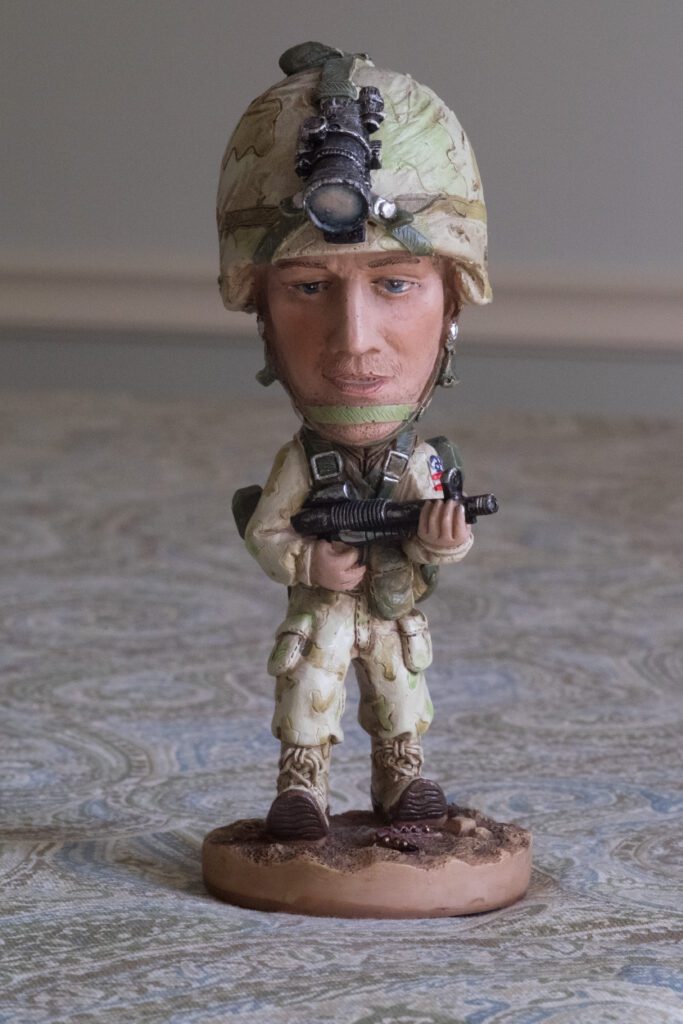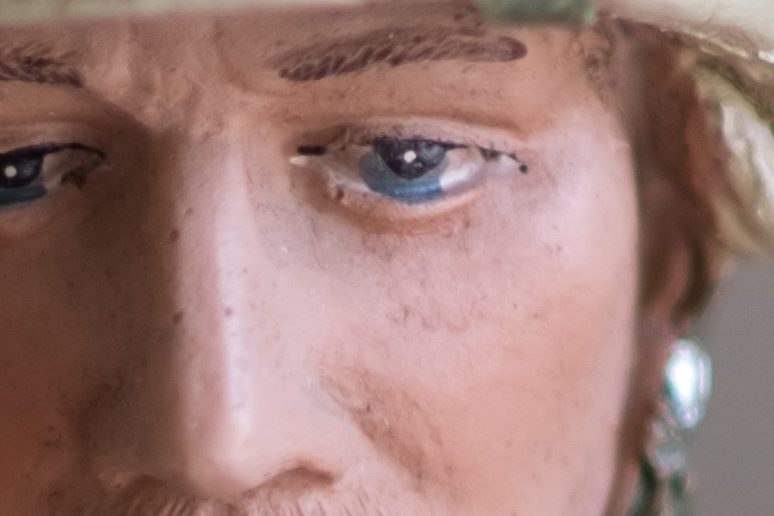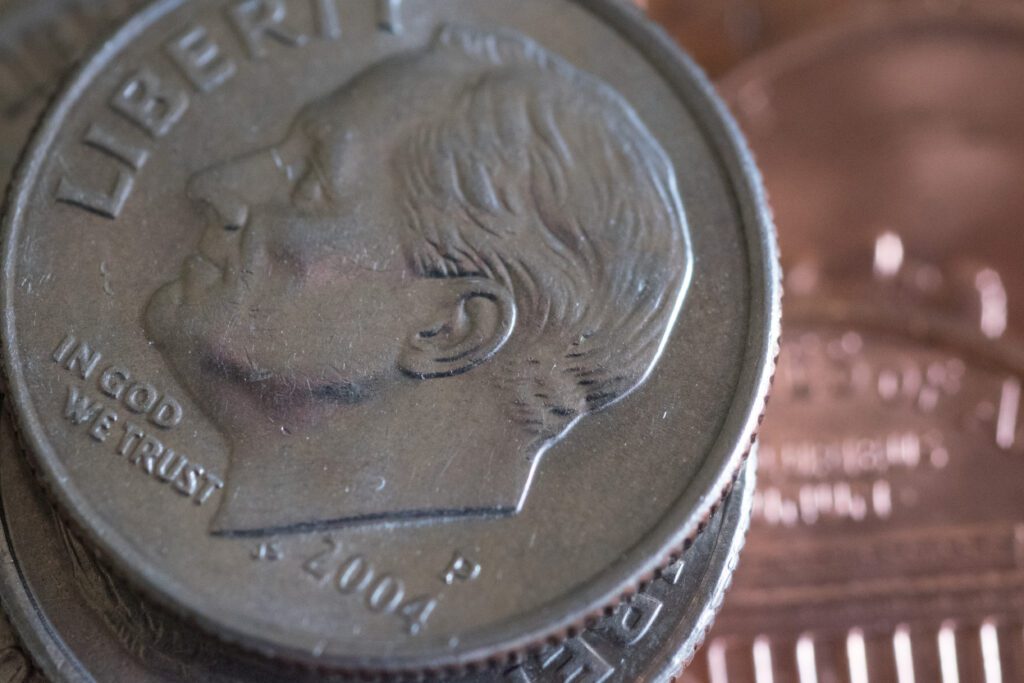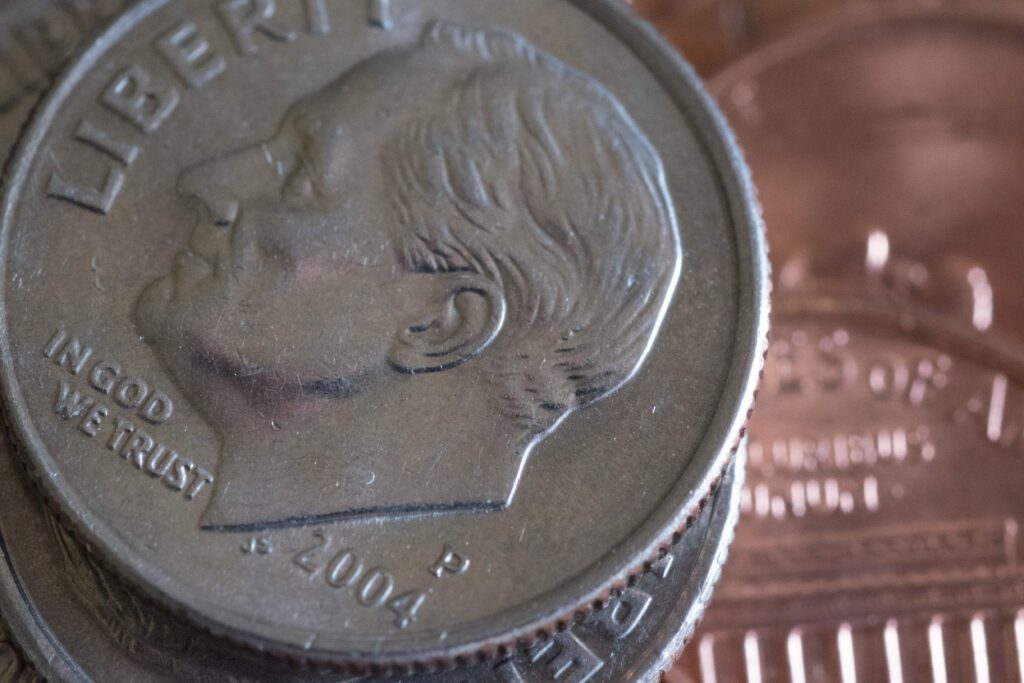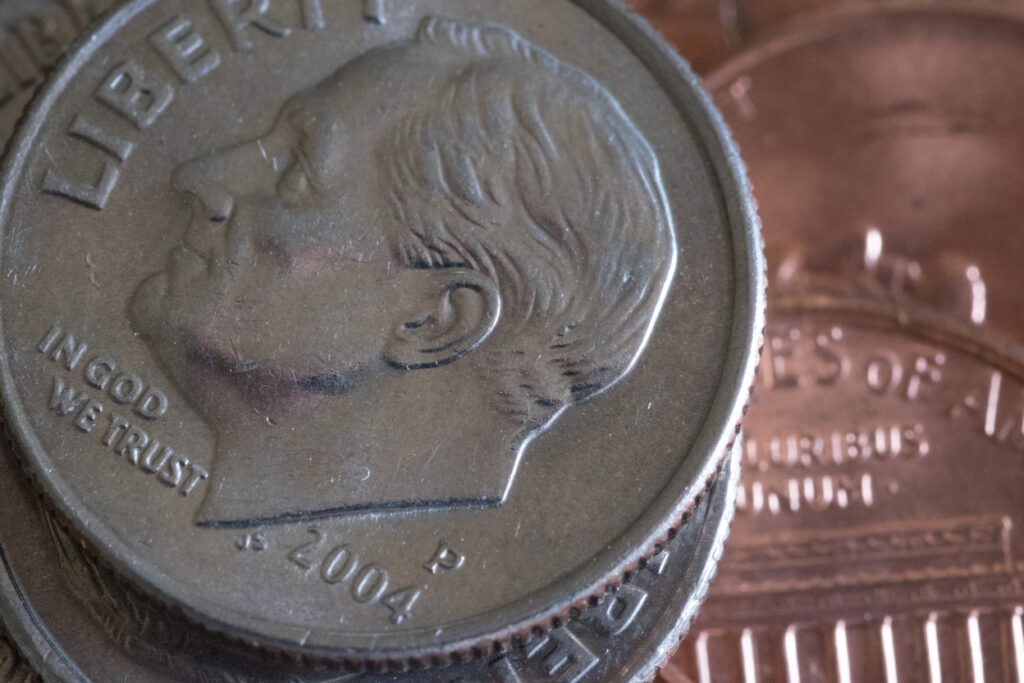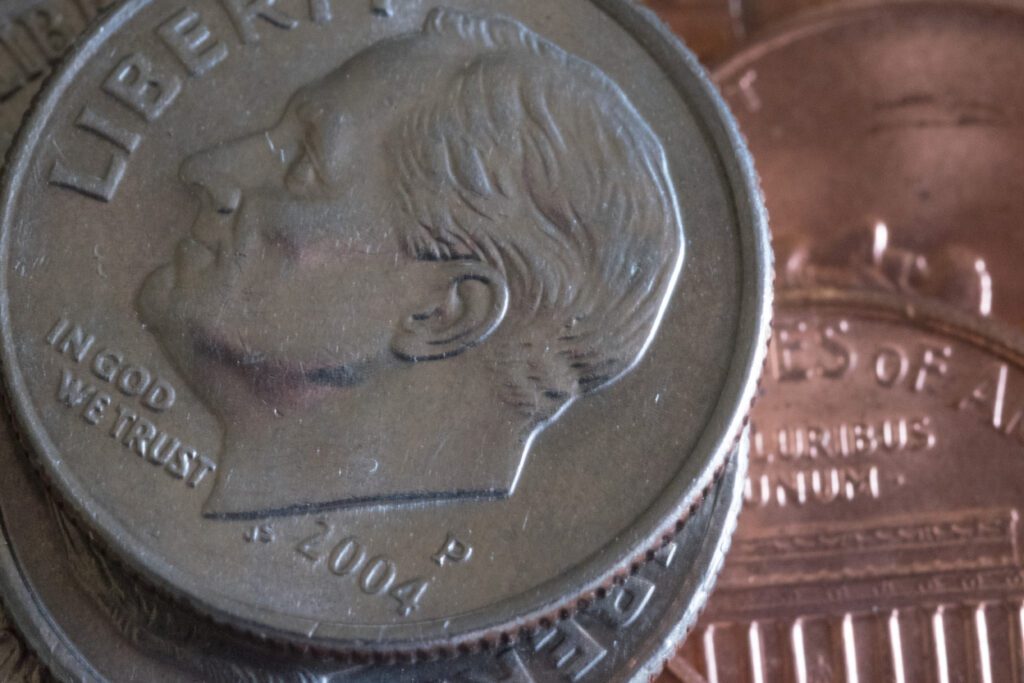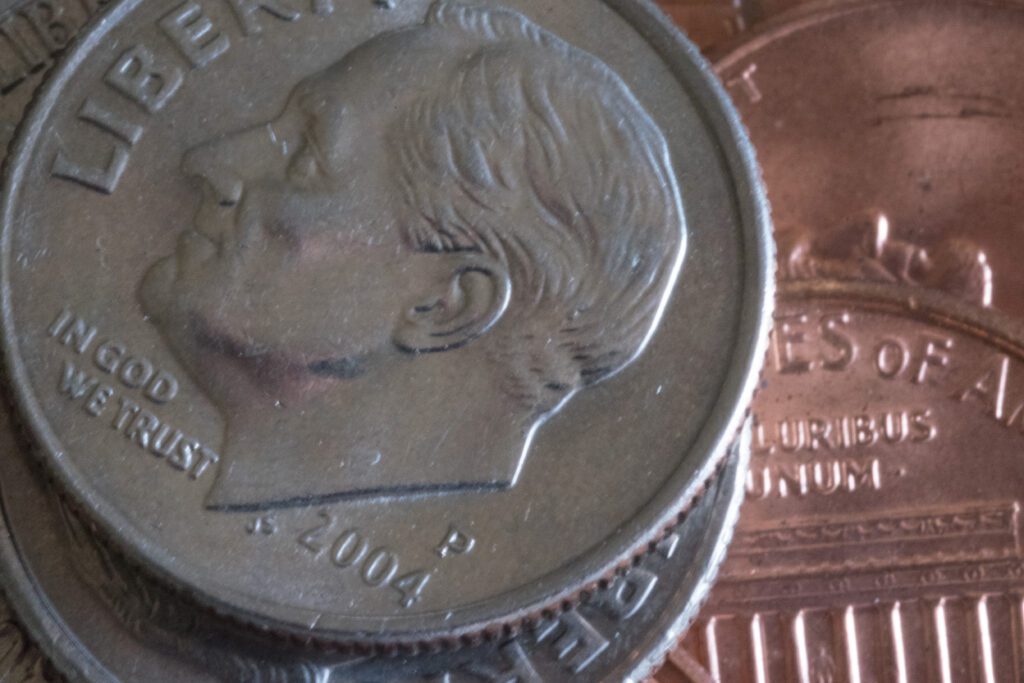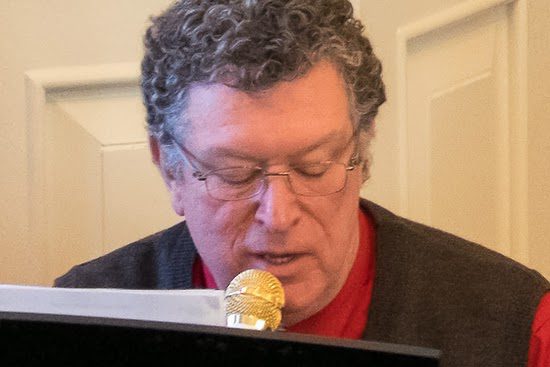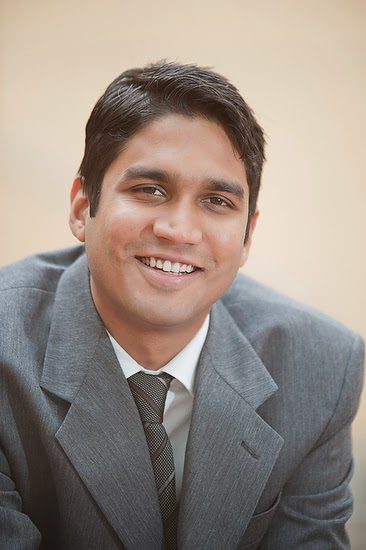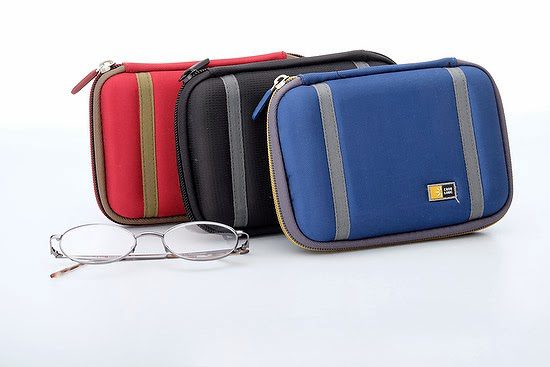Benjamin Franklin says he wasn’t sure if the painted image carved on the chair used by George Washington during the Constitutional Convention was a sun rising or setting. However, when the Constitution was finally approved and signed, he declared, “I have the happiness to know that it is a rising, not a setting sun.”
What Changed?
The key to seeing things in a positive light, like Benjamin Franklin, is to focus on the future and not on the past.
I cannot go to a single photographer forum online and not see a lot of heated, sometimes bitter debates going back and forth about how things used to be and how something has now changed.
Instead of people looking at how to go forward, they are looking for whom to blame.
Years ago, executives didn’t write their letters. They didn’t even have a typewriter. They had secretaries do all this for them. They dictated their letters and memos. I remember this being the case until the mid-1990s for many companies.
Then came along computers. It took a while for their adoption in the workplace. Executives today do all their correspondence for the most part and may have someone help if they are that busy and have the funds for the assistance.
I can see more and more executives in the future doing even more due to the ease of the technology to create.
Where professional communicators are going to be finding work in consulting and helping executives but doing the day-to-day work will disappear.
The problem is monetizing the new model of the future–whatever that will be, I don’t know.
Facebook is one of the ways I get a lot of news, and no, it isn’t all from newspapers. Instead, many are from Twitter feeds and people posting their content–what Patch is doing.
We need to quit bitching and complaining about the model we know is disappearing. Instead, we need to be relevant and create content that commands attention. Just because you have been shooting for 20 years does not mean everyone needs to hire you to accomplish their goals.
Stop overanalyzing what was and focus more on the clients and your audience. We have focused way too much on the subject and gear and forgotten what we create is for–an audience and a client.
1) Audience and 2) Clients
To get a job as a photographer, you must have a portfolio showing that you are what clients need to solve their problems today and in the near future.
You must first master the craft before people can hire you to shoot. The problem is that this is where most photographers stop in their growth.
Like their clients, most photographers’ problem is understanding what their audience wants and needs. Unfortunately, too many photographers focus so much of their attention on a subject that they are unaware that the audience doesn’t care about it, or just as bad that photographers are crowding the market shooting that subject that it is almost impossible to monetize that subject.
Great examples of two markets saturated with photographers are weddings and sports. Even with many in the market, it is not to say you cannot be highly successful, but just hanging a shingle out and offering photographic services will not make you successful.
Successful photographers are migrants.
A migrant is an itinerant worker who travels from one area to another in search of work.
If you are also willing to learn another language, you open the door to even more possibilities with your camera. While one town may have its market saturated with photographers, other communities worldwide do not. If you desire to stay where you are in the house you grew up in; then you may have to become quite creative to find or create the market for your talents.
When the Audience and Client are the same, this is when you have a Business a Customer [B2C] model. For example, B2C is the wedding photographers and most portrait photographers market.
When the Audience and the Client are separate, this is the Business to Business [B2B] model for a photographer. B2B is where the media, corporations, and small business use photography to reach an audience.
Whoever pays you is the Client. The audience is not always your Client.
The thing that is appealing about B2C is you only need to understand one group rather than two when doing B2B.
When you are staff, it is pretty easy not to understand the industry’s business side. Someone else, your employer, is taking care of it for you. Not knowing your business’s audience is where the lack of understanding can mean that your employer turns many of your ideas for subject matter down. For example, you fail to understand how this story has a Return On Investment. As a result, the idea you pitched lacks an audience. Start thinking like the publisher and connect with your audience; you will help grow the business.
“If you build it, they will come.” — Field of Dreams (1989)
“This is bad advice from the movie Field of Dreams. Why bad advice? Most startups focus so much on the product (building it!) that they forget about customers and network: Customers, because they need to pay for it, and network, because without a community of power fans around your startup, it will be very hard to scale.” — Scott Case, chief executive of Startup America and founder of Priceline
I love the movie Field of Dreams. There are some great things to learn from the movie, but I would have to agree with Scott Case on the odds of this model working.
Your success will determine if you are forward-thinking like a chess player. While you might still be starting, you must think and move ahead.
You can still have problems just like a chess player. But by planning and thinking about the Audience and Client, you are now focusing on your revenue stream and not just the fun of shooting photos.
How to make the change
Let’s say you have been photographing a subject for years and are an expert on it. For example, maybe you have been covering coffee as I have been.
Take a moment and write a list of all the people who would be interested in your subject. For example, here is mine on coffee.
- Coffee Farmers
- Coffee Cooperatives
- Coffee Roasters
- Restaurants
- Coffee Industry
- Trade Organization
- Media for the market
- Coffee Drinkers
You get the idea that there could be more to add to the list. So first, go back through the list and distinguish if a client or the audience. Further, break it down by identifying the audiences for each Client.
Here is an example:
- Coffee Farmers’ Audience
- Coffee Roasters
- Cooperative
- Local
- International
- Coffee Drinkers
- They roast and sell directly
- Providing content to their clients that help them connect to their customers [drinkers]
After doing this, you go and start looking for content that will help them. Then, when you pitch this to those clients and audiences, you do so with a hook that addresses the simple question-WHY?
The second question that follows the Why?–is the How? Question. How will this help the audience and connect with them?
Focus your action plans for your business on the audience and the Client to succeed.
